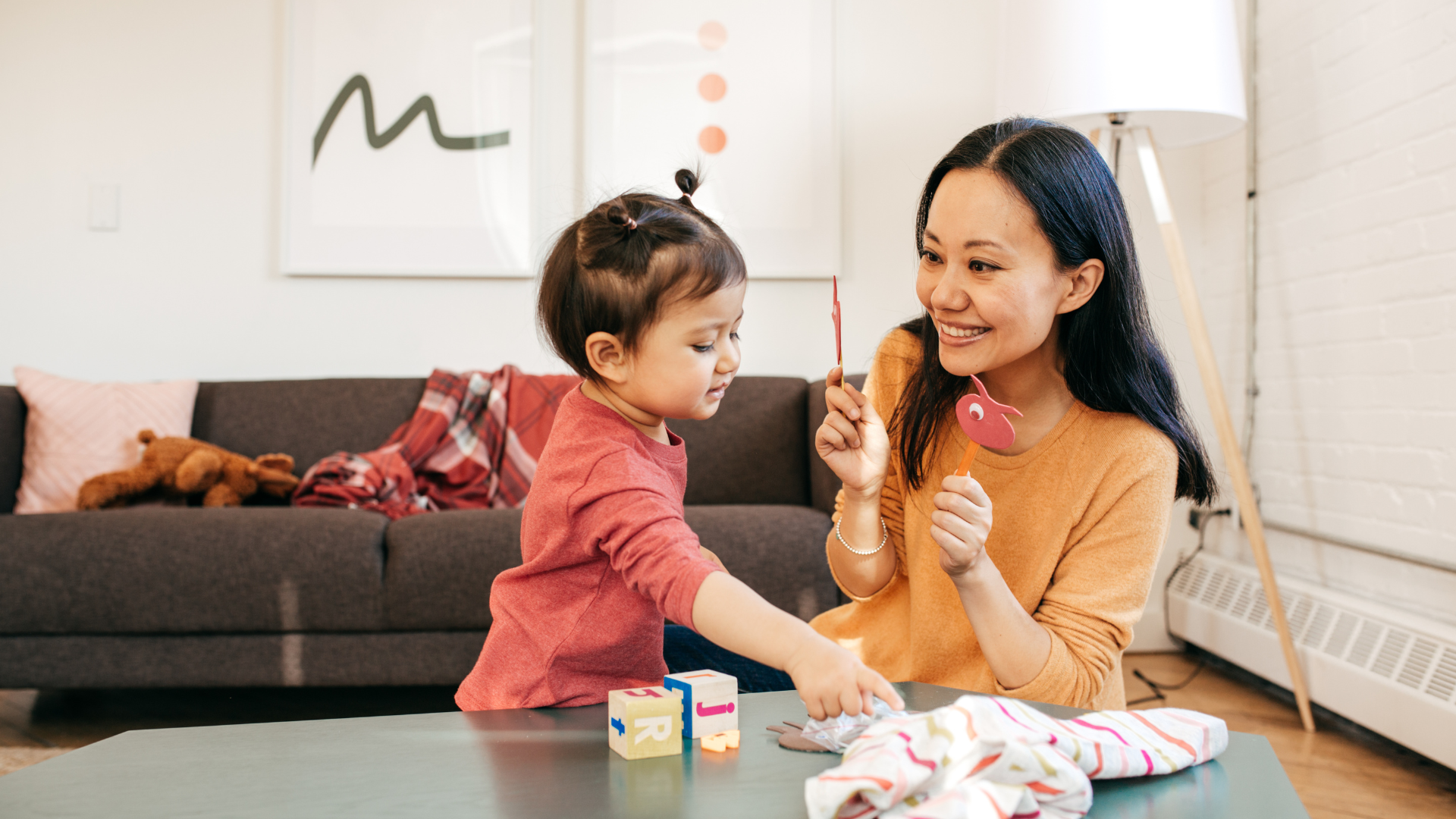When parents separate, one of the biggest questions is how they will make important decisions about their child’s life. This is where joint legal custody comes in. Joint legal custody means that both parents share the responsibility of making major decisions for their child. Let’s explore what joint legal custody means, how it works, and some tips for making it successful.
Legal custody is all about who has the right to make major decisions in a child’s life. These decisions often include things like:
- Education: Deciding which school the child will attend or if they need special support or tutoring.
- Health Care: Choosing doctors, medical treatments, or whether the child should receive certain vaccines or be administered medication for symptoms of issues such as ADHD.
- Religion: Deciding if and how the child will be raised in a particular faith, and potentially all the details around what that means–including how observant the child may be.
When parents have joint legal custody, it means they share the responsibility for these decisions. They are expected to discuss and agree on major choices affecting their child’s life. This setup is different from sole legal custody, where only one parent has the authority to make these big decisions.
Why Choose Joint (or Shared) Legal Custody?
Joint legal custody is often preferred because it allows both parents to stay involved in their child’s life, even if they no longer live together. For shared legal custody to work well, is best that there is some agreement on how the child should be raised–similar values and perspectives when it comes to children can make co parenting easy, even when everything else in the relationship is more difficult. Here are some key reasons why joint legal custody can be a good choice:
- Encourages Parental Involvement: Both parents get to stay engaged in making important decisions, which can strengthen their relationship with the child.
- Supports the Child’s Well-Being: When parents work together to make decisions, the child benefits from feeling loved and supported by both parents.
- Balances Responsibilities: Joint legal custody encourages both parents to share responsibilities, making it a more balanced approach to co-parenting.
How Does Shared Legal Custody Work?
In joint or shared legal custody, parents need to communicate and collaborate on important decisions. Here are some ways joint legal custody might work in real life:
- Regular Check-Ins: Parents with joint legal custody often schedule regular check-ins to discuss any big decisions. For example, they might meet monthly or communicate through a co-parenting app to share updates on the child’s education, health, and activities.
- Discussing Big Choices Together: If a major decision comes up, like choosing a new school or deciding on medical treatment, both parents should discuss it and try to reach an agreement. Sometimes, they may need to compromise to find a solution that works for everyone, especially the child.
- Using a Mediator for Disagreements: Disagreements are normal in co-parenting. When they can’t agree on an issue, some parents turn to a mediator to help them work through it. A mediator is a neutral third party who can help parents communicate and find a solution.
Example: How Sharing Legal Custody Works for Sarah and David
Let’s look at an example of joint legal custody to see how it works in real life.
Sarah and David are co-parents to a 9-year-old named Lucas. They share legal custody, which means they both have a say in major decisions for Lucas. They agreed on a few ways to make this arrangement work smoothly:
- Monthly Check-Ins: Every month, Sarah and David have a quick check-in, either in person or over a video call, to discuss how Lucas is doing. They talk about his school progress, any health issues, and his activities. By staying in regular contact, they stay informed about what’s happening in Lucas’s life and can work together on important decisions.
- Handling Big Decisions Together: Last year, Lucas needed to switch schools. Sarah and David visited several schools together, discussed their options, and made a joint decision about where Lucas would go. Even though they had different opinions at first, they found a middle ground by focusing on what would be best for Lucas’s education and social life.
- Using a Co-Parenting App: To make communication easier, Sarah and David use a co-parenting app where they can share updates, schedules, and important documents like school report cards and medical records. This keeps them both informed without needing constant phone calls or texts.
Sarah and David’s setup allows them to stay involved in Lucas’s life and make big decisions together, which supports his well-being and keeps things organized.
Tips for Making Joint Legal Custody Work
Shared legal custody can work well if both parents communicate and stay respectful. Here are some tips for making it successful:
- Focus on the Child: When discussing decisions, keep the focus on what’s best for the child. This helps keep the conversation positive and productive, even if you have different opinions.
- Set Regular Times to Talk: Schedule regular check-ins to discuss major updates or decisions. This prevents miscommunication and helps each parent stay involved without feeling out of the loop.
- Use Technology to Stay Organized: Co-parenting apps like OurFamilyWizard or Fayr can help streamline communication and keep both parents updated on schedules, events, and important documents. These tools reduce the need for back-and-forth messages and can make co-parenting more efficient.
- Be Willing to Compromise: You won’t always agree, and that’s okay. Be open to finding middle ground and remember that compromise is part of successful co-parenting.
- Seek Help for Disagreements: If you and your co-parent can’t agree on a major decision, consider working with a mediator. Mediators are trained to help parents communicate effectively and find solutions that work for everyone involved.
- Keep Communication Respectful: Always communicate with respect, even when discussing challenging topics. Avoid blame or bringing up past issues, and focus on working together for the benefit of your child.
When Joint Legal Custody Might Not Work
Joint legal custody works well when both parents are able to communicate and put their child’s needs first. However, it may not be the best choice in certain situations:
- High-Conflict Relationships: If parents struggle to communicate without conflict, joint legal custody might be challenging. In such cases, sole legal custody might provide a more stable environment for the child.
- Long-Distance Co-Parenting: If one parent lives far away, it may be difficult to collaborate on daily or weekly decisions. In this case, one parent may be given more authority for decision-making.
Final Thoughts
Joint legal custody allows both parents to stay actively involved in their child’s life by sharing major decision-making responsibilities. It supports a child’s sense of security and connection with both parents, making it a valuable option for many families.
It is not for everyone, but most of the time, joint legal works for families who are aligned in values and can compromise on smaller issues when it comes to the children’s best interests. By focusing on open communication, regular check-ins, and a commitment to compromise, you can make joint legal custody work smoothly and create a supportive environment for your child.


